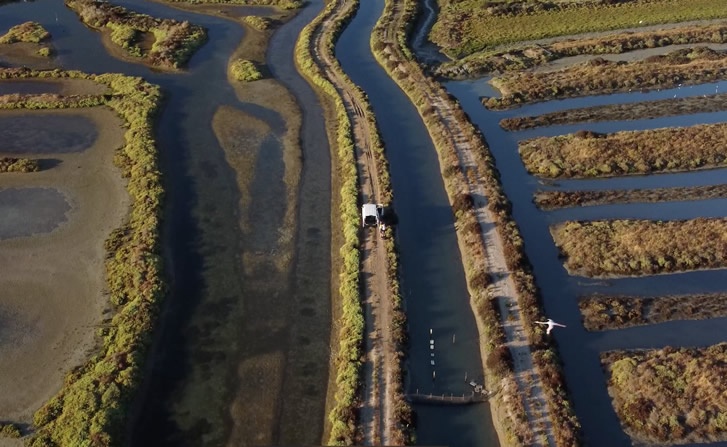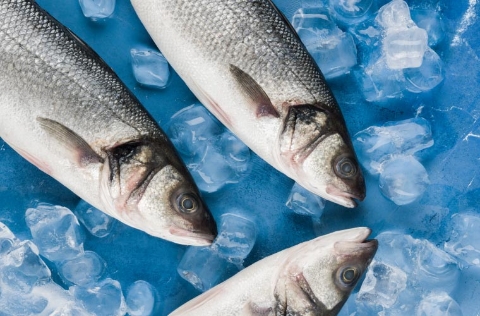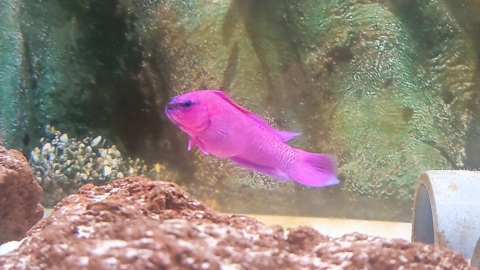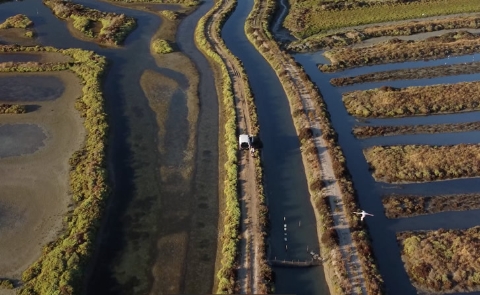
The European Commission has unveiled an ambitious plan to launch nature credits as a new financial instrument aimed at supporting biodiversity restoration, reinforcing the bioeconomy, and rewarding nature-positive action. The move could offer a significant boost to sectors like fisheries and aquaculture, which are particularly dependent on the health of marine and freshwater ecosystems.
“By facilitating investments in activities that benefit nature, these innovative and voluntary tools can play a crucial additional role in preserving the health of our land and marine ecosystems,” the Commission stated in its official communication.
At the heart of this initiative is the document titled “Roadmap Towards Nature Credits” (COM(2025) 374 final), which lays out how voluntary, high-integrity certification and credit systems could complement existing public funding for conservation. The ultimate aim is to create a mechanism whereby farmers, fishers, landowners, foresters, and conservation managers are financially rewarded for maintaining or enhancing natural capital.
Nature credits are defined as voluntary units representing certified, measurable improvements in biodiversity, built on a two-step model: Certification of nature-positive actions and issuance of credits based on verified ecological results.
These credits could be purchased by companies, public institutions, or individuals to support conservation or fulfil environmental pledges.
For the aquaculture sector, the roadmap holds particular promise. It cites blended finance initiatives—projects combining public and private investment—as already helping fund activities like seaweed cultivation, shellfish farming, and marine habitat restoration. One such effort, led by the Global Seaweed Coalition and the European Investment Bank, is exploring investment opportunities in sustainable seaweed and bivalve production.
Although not exclusively focused on aquaculture, the roadmap confirms that local pilot projects—including in coastal and wetland areas—will test the nature credit system, providing valuable insights for marine-related applications.
The potential benefits for the sector are clear: activities such as wetland restoration, low-impact aquaculture systems, or habitat enhancement could be certified and transformed into tradable nature credits, creating new revenue streams while contributing to conservation goals.
The document makes the economic case for the initiative unmistakable: 72% of euro area companies depend critically on ecosystem services such as pollination, carbon capture, water purification, and marine biodiversity. Yet, despite EU commitments to allocate 10% of its 2026–2027 budget to biodiversity, this falls short of the estimated €65 billion needed annually for effective ecosystem restoration.
This financial gap, coupled with the global nature of supply chains, is driving the Commission’s push to mobilise private capital and reward environmental stewardship.
Looking ahead, the roadmap outlines a clear timeline. In 2025, the Commission will establish an EU expert group on nature credits and launch a pilot project supported by public seed funding. During 2026, it will develop certification methodologies and begin certifying carbon farming projects with biodiversity co-benefits. And by 2027, the EU plans to design a governance framework, assess progress, and consider potential regulatory pathways to scale up nature credit markets.
For professionals in aquaculture and related fields, this initiative offers more than just funding opportunities. It signals a paradigm shift: a new way of valuing the essential services provided by nature, and of recognising those who work with—rather than against—natural ecosystems.
As nature becomes a recognised asset in economic and financial planning, the nature credit system could position aquaculture operators as key contributors to a greener, more resilient future.



